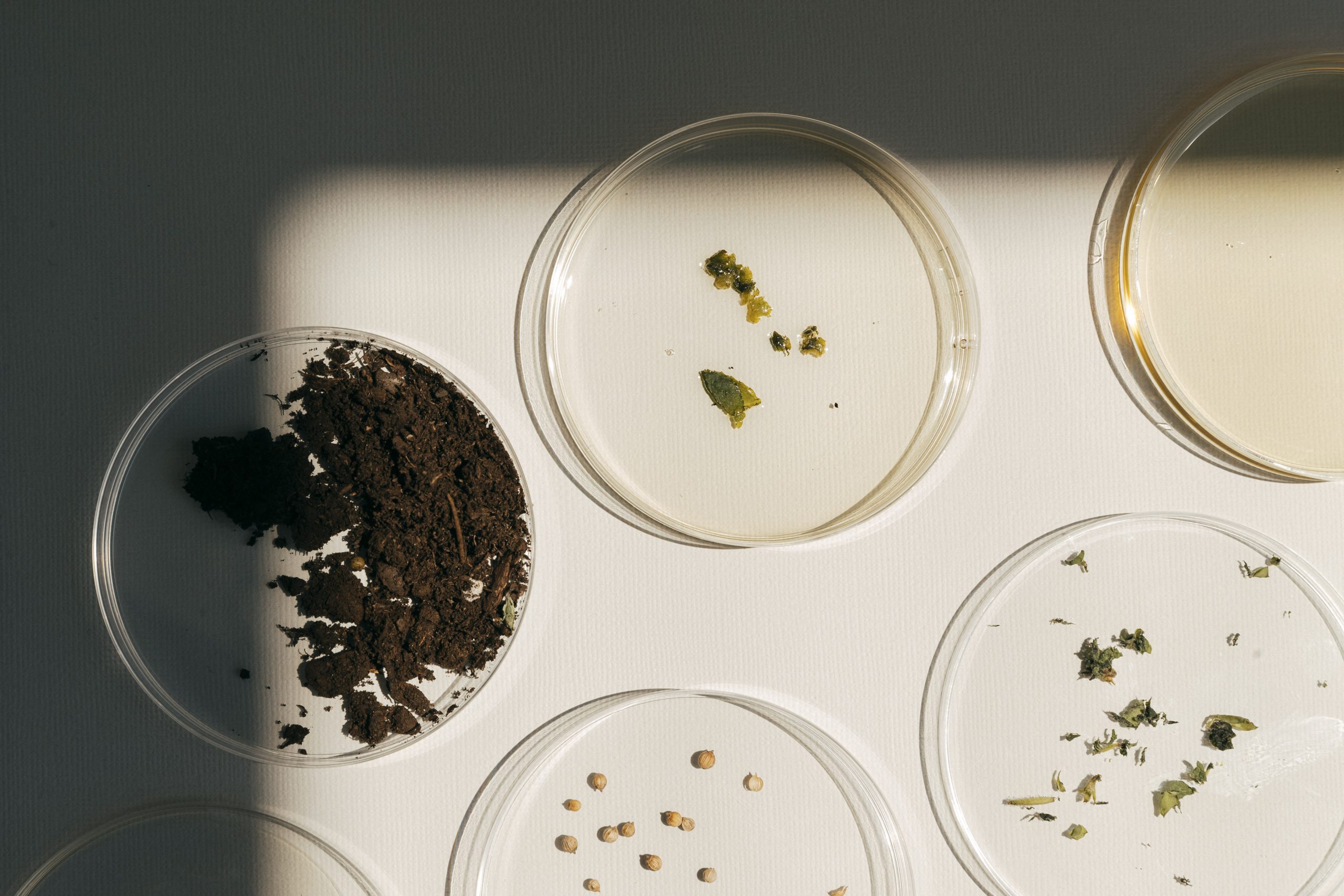CBD, THC and 4 of the Other Most Common Cannabinoids

Cannabidiol or CBD is just one of the 100+ active compounds in the cannabis plant that act upon endocannabinoid system in the body, a robust system that has receptors in the brain, nervous system, and immune system. This post covers some of the main cannabinoids showing promising results with their unique properties and cross-industry potential in the areas of wellness, natural medicine, fitness, and beauty.
Cannabidiol or CBD is just one of the 100+ active compounds in the cannabis plant that act upon the endocannabinoid system in the body, a robust system that has receptors in the brain, nervous system, and immune system. This post covers some of the main cannabinoids showing promising results with their unique properties and cross-industry potential in the areas of wellness, natural medicine, fitness, and beauty.
Compounds cannabinol (CBN), cannabigerol (CBG), and cannabichromene (CBC), and their interaction with the endocannabinoid system are all being studied to see if their application will be as widely accepted as THC made medical cannabis. Variables like a source plant’s growing conditions and processing will determine which compounds will be more or less abundant, so it’s useful to be equipped with as much information as possible when shopping for new products.
Cannabinol (CBN)
Showing incredible promise as a sleep aid, cannabinol is less abundant/readily available than CBD or THC, though it was one of the first cannabinoids discovered. It’s produced when THC is oxidized, which is why dried-out cannabis flower that has been exposed to oxygen can be a good source for CBN extraction. In addition to being an effective sleep aid, CBN joins CBD and THC in its powerful pain-relieving anti-inflammatory properties, as well as offering possible relief for depression and neurological conditions like epilepsy and Alzheimer’s.
Cannabidiol (CBD)
Well-documented to be a powerful anti-inflammatory, cannabidiol was first discovered in 1940 but has only recently been approved by the FDA in the anti-seizure drug Epidiolex. Following that remarkable precedent, the potential applications for CBD have become an area of stronger focus, with active research ongoing into the compound’s applications for anxiety disorders, pain, cognition, and more. Case studies, as well as state-level legislation, are indicating cannabis and CBD-based treatments can be effective for sufferers of PTSD or psychotic disorders. Its impact on the wellness world and shift towards self-care can’t be overstated.
Cannabidiolic Acid (CBDA)
Typically found in abundance in the raw hemp plant, Cannabidiolic Acid is a non-psychotropic cannabinoid that, when heated through methods of decarboxylation, converts into CBD. CBDA is known for its potential in being an effective anti-proliferative (or effective in inhibiting tumor cell growth), anti-nausea, and anti-inflammatory.
Tetrahydrocannabinol (THC)
The main psychoactive component in cannabis, it’s also a powerful analgesic that led to the relatively wide acceptance of cannabis as a medical treatment for an array of conditions. Its function in medicine has yet to be safely replicated in a pharmaceutical capacity in a way that satisfies patients at large, which in part informs the resurgence of interest in the plant’s powerful medicine and compound isolates. One incredible discovery that’s been made regarding CBD is that its properties can counteract and reduce THC’s classic hallmarks of paranoia and psychoactive effects.
Cannabigerol (CBG)
Considered a minor cannabinoid, the CBG compound is showing major promise in issues associated with glaucoma, depression, and pain relief, as well as a component of natural skin moisturizers. Despite its designation as minor, it’s actually dubbed a chemical precursor or “parent” to other cannabinoids like CBD and THC, because through organic processes during plant growth and lifecycle it can become other cannabinoids, along the lines of a stem cell in biology. For this reason, there is often an inverse relationship between high levels of CBG and low levels of THC, and vice versa. Like CBD, CBG is non-intoxicating, and researchers are identifying the budding plant’s optimal extraction time for maximum CBG levels, and have determined it to be in week six of an eight-week flowering cycle. It’s also being explored for anti-fungal properties, its effect on memory and cognition, and has been found in research to be effective against antibiotic-resistant staph infection (MRSA).
Cannabichromene (CBC)
CBC or cannabichromene is another non-psychoactive cannabinoid that despite its discovery in the 1960s, has largely gone unstudied until recently. It’s thought to boost the pain-relieving qualities of THC, and contain possibly even more powerful antidepressant qualities than CBD. It’s also associated with treating nausea and vomiting and will be a subject of medical study going forward.
